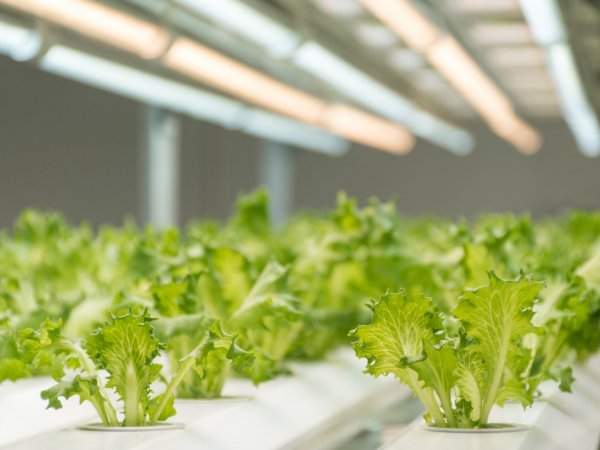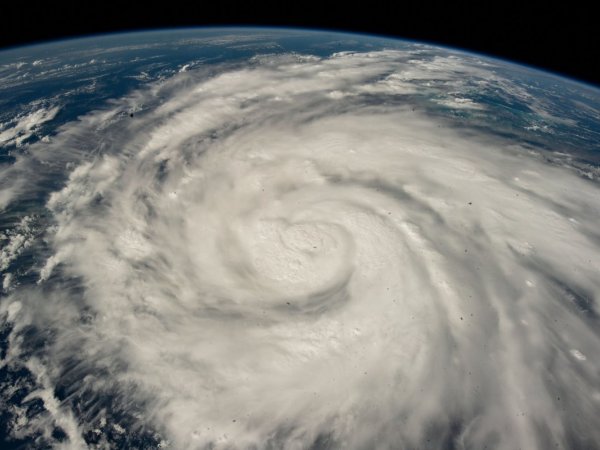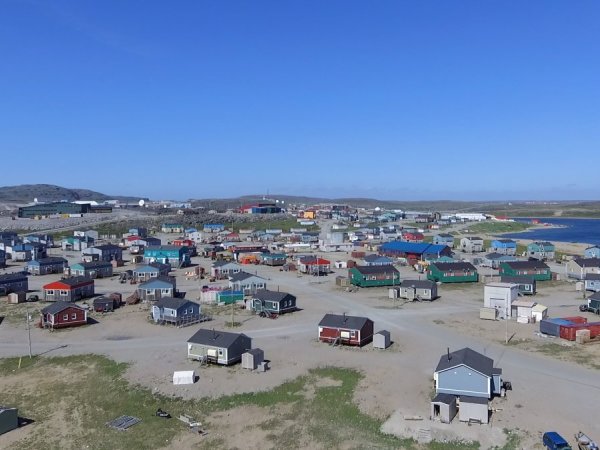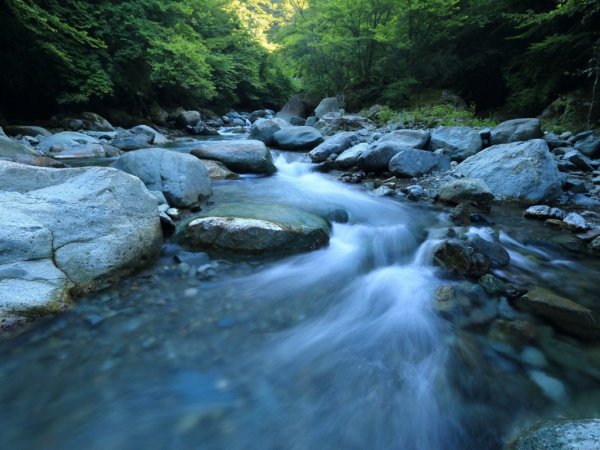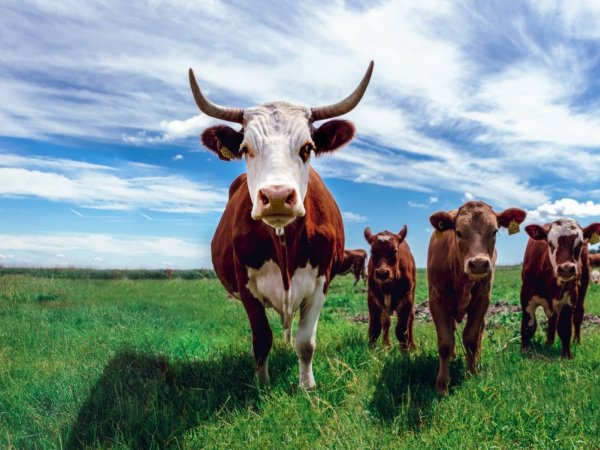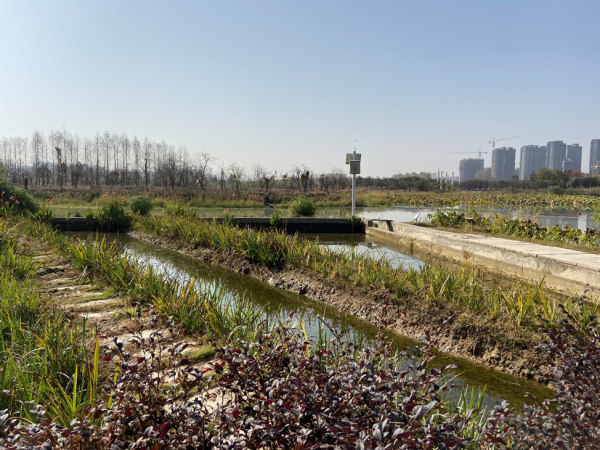Our blog features brief essays, expert commentary, op-eds, and Q&As that cover a wide variety of energy and environmental topics. Each entry is written by researchers from around Penn State, including faculty members and graduate students.
Is it possible to achieve food resilience after a global catastrophe?
In the wake of a global catastrophe, like nuclear war or a supervolcano, billions of people could starve due to nuclear winter. However, a team of researchers is investigating what could be done to feed the world if nuclear winter set in.
A sustainable circular economy of plastic
Plastic is not the enemy. That statement may seem unpopular considering the news surrounding plastic pollution. According to the United Nations, approximately 7 billion of the 9.2 billion tons of plastic produced from 1950–2017 became plastic waste, ending up in landfills or dumped. Only about 9–15% of that plastic gets recycled. The vast majority—about 80%—ends up in landfills or the environment.
What is reverse storm surge and is it related to climate change?
Many of us watched closely as Hurricane Ian impacted Florida and the people living there. This close attention to the storm has caused many people to ask questions about some of the images they have seen of reverse storm surge.
Visualizing climate change through a documentary of the Inuit
As an anthropological filmmaker, Kirk French has been working with the Inuit to revisit the iconic film "Nanook of the North" and to document the environmental and cultural changes that have taken place there over the last century.
Representing Indigenous people in justice-based frameworks for climate change adaptations
The United Nations’ Intergovernmental Panel on Climate Change (IPCC) lists Good Health and Well-being (#3) and Reduced Inequalities (#10) among its top goals to combat social inequalities exacerbated by climate change. Indigenous people are the highest at-risk group for climate change impacts, like big storms and rising waters.
Streamflow prediction in large ungauged regions with deep learning models
Large areas of the global lands do not have access to daily streamflow rate measurements. However, predictions in these regions are still essential to understanding the global water cycle and mitigating the impacts of climate change.
Manure can be a resource when applied in the right places
Many agricultural watersheds in the U.S. are experiencing water quality challenges due to intensive livestock agriculture. In addition, improper manure management (manure over-application or application in areas that are highly susceptible to surface runoff or leaching) can lead to water quality and human health issues.
Women empowering women in STEM
The path to a successful career in science can be challenging. Finding one's passion can also be difficult. Fortunately, there are people who can offer their guidance and help along the way to both a successful career and fulfilling one. Li Li reflects on her journey and the many women who walked it with her.
Have people perceived ecosystem benefits provided by green stormwater infrastructure?
There is a relatively new way to achieve long-term stormwater control by combining green stormwater infrastructure (GSI) with gray infrastructure to manage stormwater.
When deep learning meets multi-scale data
Deep learning has set a new standard in model performance metrics in soil moisture, streamflow, groundwater, and model uncertainty estimates.

